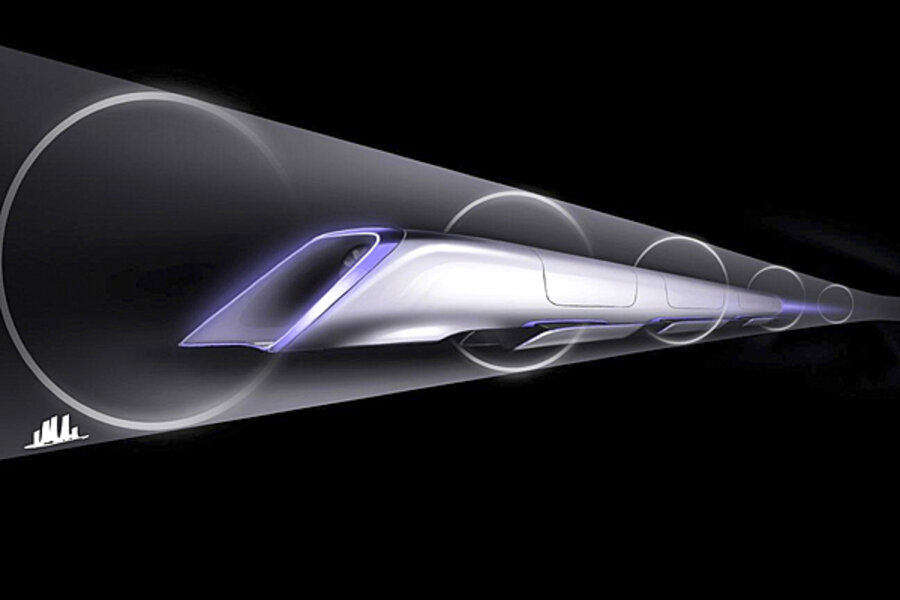Hyperloop: Some caveats to Elon Musk's vision for future transport
Loading...
Since Elon Musk released his designs for the Hyperloop transport system, the idea has been all over the internet as most people laud it for its ambition, and potential to truly change transportation around the world. Musk is so determined to make his idea work that he plans to entirely skip the concept phase and immediately build a 350 mile version of the Hyperloop to connect Los Angeles and San Francisco; basically his home to his office.
René Lavanchy, of the Guardian, does not share the enthusiasm for Musk’s designs, worried that there is no chance the Hyperloop will ever be built. “As far-sighted technology evangelism, the Hyperloop is laudable and deserves deeper discussion. As an intellectual idea, or the groundwork for some speculative fiction, it is fascinating. But as a shovel-ready infrastructure project, it is dead on arrival.” (Related article: Looking at the Hyperloop and its Predecessors)
In his article he offered several reasons why the Hyperloop would never work. He explained that in order to create the air cushion that the pods would float on, the air would have to be compressed rapidly, which would create huge amounts of heat inside the pod and the tube. The tight conditions within the Hyperloop do not allow for air conditioning, which means that that the whole systems could suffer from overheating, just like the London Underground, making travel unbearable for passengers.
Elon Musk has estimated that the cost of the Hyperloop will be tiny, however that seems very unlikely when considering the fact that the main method of reducing costs in giant manufacturing projects is through mass production of identical pieces. However with the Hyperloop track, due to the necessity to keep the pipe completely horizontal, the support pylons must all be built to different height specifications, making mass production unfeasible. (Related article: Why Work Should Begin on Elon Musk’s Hyperloop Immediately!)
Lavanchy also noted that whilst Musk has stated that his Hyperloop can be built above the central reservation of the Interstate Highway 5 in order to remove the need for purchasing new land. In theory this works, however, such construction would require the closure of the road, which is fine in urban environments, where cars can be diverted around the closed road fairly easily, but closing the I-5 for several years would be impossible.
The largest stumbling block for the Hyperloop project that Lavanchy spoke of will be the securing of finance. The problem is that infrastructure investors are adverse to risk, and creating a brand new transport technology is considered very risky. The problem is that if the technology fails in anyway, the resulting accident could be catastrophic. For this reason it is unlikely that the project will receive any public or private equity fund money.
Original article: http://oilprice.com/Latest-Energy-News/World-News/Why-the-Hyperloop-will-Remain-a-Pipedream.html





